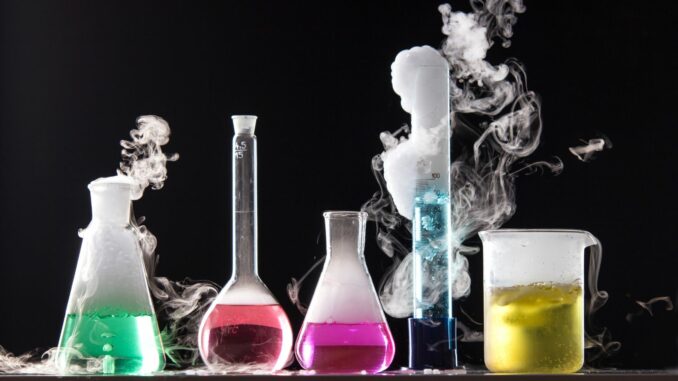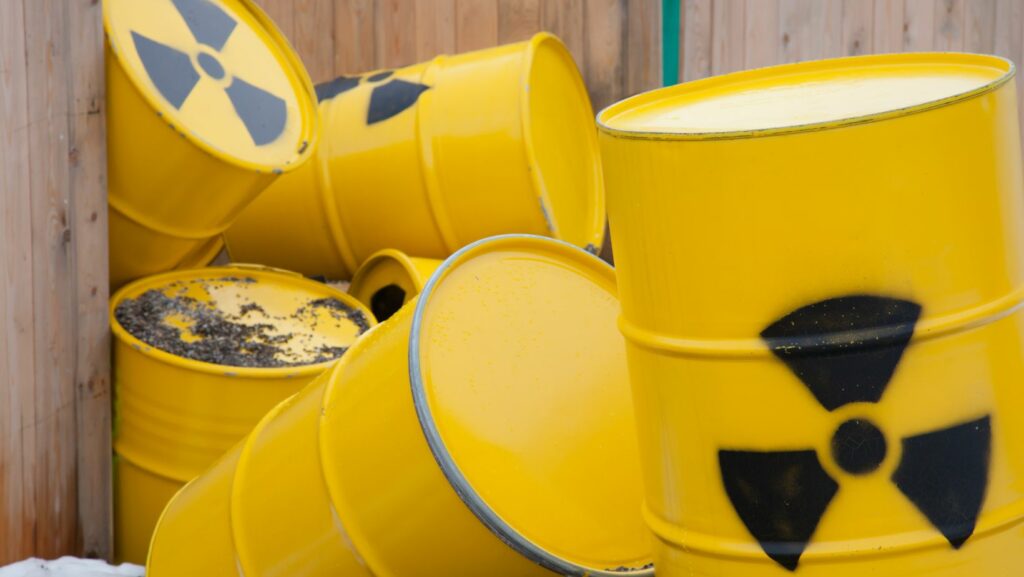
If you’re looking for a fun and creative way to learn about neutrons, then you’ve come to the right place! In this blog, we’ll be exploring the answer to the question: how many neutrons are in phosphorus?
With a little bit of wit and humor, we’ll help you understand this important element of the Periodic Table. So sit back, relax, and enjoy the show!
Introduction
Phosphorus is an important element in many chemical reactions, and its atomic structure is closely related to its reactivity. The number of neutrons in an atom of phosphorus can affect its stability and chemical properties.

The Neutron Number
The neutron number, represented by the letter N, is the number of neutrons in a given nucleus. A nuclide’s neutron number defines its isotope. For example, the element carbon has six protons in every nucleus, so its atomic number is 6. The known isotopes of carbon range in neutron number from 6 to 16. Isotopes with mass numbers ranging from 113 to 118 have also been found, but their neutron counts have not been determined and they are very unstable.
The heaviest naturally-occurring element is uranium with an atomic number of 92 and a mass number of 238 (92 protons and 146 neutrons). The lightest element is hydrogen with an atomic number of 1 and a mass number of 1 (1 proton and 0 neutrons).
The Atomic Number
The atomic number of an element is the number of protons in its nucleus. The neutron number is the total number of nucleons (protons and neutrons). The mass number is the total number of nucleons (protons and neutrons).
How Many Neutrons in Phosphorus
The mass number of an element is the number of protons plus the number of neutrons in its nucleus. For example, the most common isotope of carbon has six protons and six neutrons, so its mass number is 12. TheWhat is the Mass Number? Mass number (symbol A) is the total number of protons and neutrons in an atomic nucleus.

The Relative Atomic Mass
The relative atomic mass of an element is the average mass of an atom of that element compared to 1/12th the mass of an atom of carbon-12.
The neutrons in an element can vary, and so the relative atomic mass of an element is actually an average of the masses of all the different isotopes (forms) of that element. The most common isotope of phosphorus has 15 neutrons.
Leave a Reply